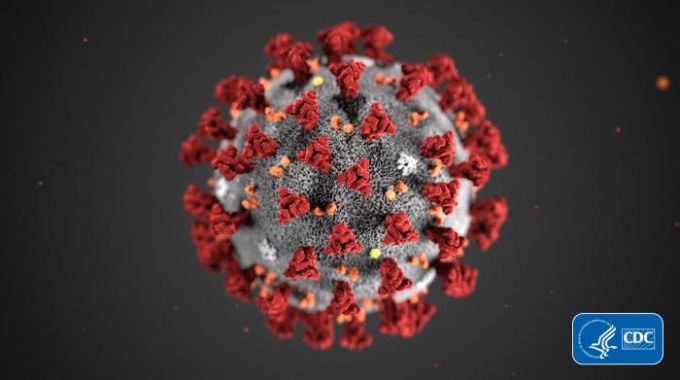As COVID cases surge across the country, California dental employers must continue to follow Cal/OSHA’s…
Current Facts from CDC about COVID-19 – Infection Control
According to the Centers and Disease Control and Prevention (CDC), this is a rapidly evolving situation, and information is constantly updating as it becomes available.
What is 2019 Novel Coronavirus (COVID-19)?
COVID-19 is a new virus identified as the cause of an outbreak of respiratory illness first detected in Wuhan, China, and which continues to expand throughout China and internationally. Coronaviruses, named for the crown-like spikes on their surface, are a large family of viruses that are known to cause illness ranging from the common cold to more severe diseases such as Middle East Respiratory Syndrome (MERS) and Severe Acute Respiratory Syndrome (SARS).
What is known about the transmission of the 2019 Coronavirus outbreak?
Early on, many of the patients in the outbreak in Wuhan, China, reportedly had some link to a large seafood and animal market, suggesting animal-to-person spread. However, a growing number of patients reportedly have not had exposure to animal markets, indicating person-to-person spread is occurring.
Because the COVID-19 is new, some basic features aren’t yet understood—including how long the incubation period and infectivity periods are and whether a person can carry the virus, and infect others, without showing the symptoms. Some Chinese officials suggest that the infectivity is early, when no symptoms are evident, and that the disease has a 2-to-14-day incubation period when a potentially infectious person could be unknowingly spreading the disease.
With coronaviruses, person-to-person transmission is thought to happen mainly via respiratory droplets produced when an infected person coughs or sneezes, similar to how influenza and other respiratory pathogens spread.
What are the symptoms of someone infected with COVID-19?
For confirmed COVID-19 infection, reported illnesses have ranged from infected people with little to no symptoms to people being severely ill and dying. Symptoms can include fever, cough, shortness of breath, and breathing difficulties. In more severe cases, infection can cause pneumonia, severe acute respiratory syndrome, kidney failure, and even death. CDC believes at this time that symptoms of COVID-19 may appear in as few as 2 days or as long as 14 after exposure.
What can the dental team do to be prepared?
- Follow appropriate infection control procedures required by the Dental Board of California and recommended by the CDC.
- Follow Cal/OSHA’s requirements for dental offices for controlling aerosol transmissible diseases (ATDs).
- Follow standard precautions as detailed by the CDC.
- Use a disinfectant registered with the Environmental Protection Agency (EPA) that is labeled as effective against viruses similar to the COVID-19. Although no antimicrobial products are registered specifically against COVID-19, EPA believes that products with an EPA-approved Emerging Viral Pathogen claim will be effective against the 2019 strain.
- Encourage patients to stay home, rescheduling appointments until the patients have been without fever for 24 hours, to prevent spreading illness to others. Similarly, encourage sick dental healthcare employees to stay home.
- Stay informed and know the contact information for your local or state health department.
For our OSHA Review clients… SUV Ultra 5 Disinfectant & Cleaner has demonstrated effectiveness against viruses similar to COVID-19, when used on hard, non-porous surfaces. Therefore, SUV Ultra 5 Disinfectant & Cleaner can be used against COVID-19 when used in accordance with the directions for use against Norovirus on hard, non-porous surfaces.
OSHA Review, Inc. provides SUV Disinfectant & Cleaner both concentrate and ready-to-use wipes. SUV Disinfectant & Cleaner meets OSHA and EPA regulations, and CDC recommendations.



